
Amgen Stock Was a Winner in the Third Quarter. These Solar Shares Weren’t.
Amgen was the best-performing stock in the Dow Jones Industrial Average in the third quarter, while Zions Bancorp, up 30%, was the top stock in the S&P 500.
2023-09-30 05:22
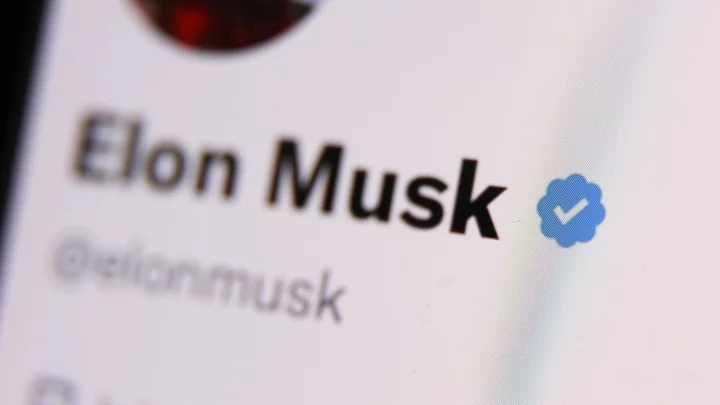
Elon Musk's X/Twitter is letting paying users hide their blue ticks
Back when blue ticks on Twitter were something you had to apply for, they were
2023-08-02 17:45

These Stocks Are Moving the Most Today: Arista, Lattice, Pinterest, Wolfspeed, BP, AB InBev, and More
Arista Networks' third-quarter adjusted earnings easily topped estimates, Lattice Semiconductor issues a weak revenue forecast, and Pinterest posts a profit and revenue better than analysts' expectations.
2023-10-31 16:48

Netflix adds nearly 6 million paid subscribers amid password sharing crackdown
Netflix's crackdown on password sharing appears to be paying off.
2023-07-20 04:20

Florida Board of Education approves new Black history standards that critics call 'a big step backward'
The Florida Board of Education approved a new set of standards for how Black history should be taught in the state's public schools, sparking criticism from education and civil rights advocates who said students should be allowed to learn the "full truth" of American history.
2023-07-20 17:21

Kyndryl Deploys Digital ID Acceptance Solution with Credence ID at Arizona Motor Vehicle Division
NEW YORK--(BUSINESS WIRE)--May 18, 2023--
2023-05-18 21:29

Robot fried chicken: entrepreneur seeks to improve S. Korea's favourite food
In fried-chicken-obsessed South Korea, restaurants serving the nation's favourite fast-food dish dot every street corner. But Kang Ji-young's establishment brings something a little different to the table...
2023-09-11 14:18

Relo Metrics Launches Sponsorship Performance Data of NFL Games on Snowflake Marketplace
SANTA MONICA, Calif.--(BUSINESS WIRE)--Sep 6, 2023--
2023-09-06 20:20
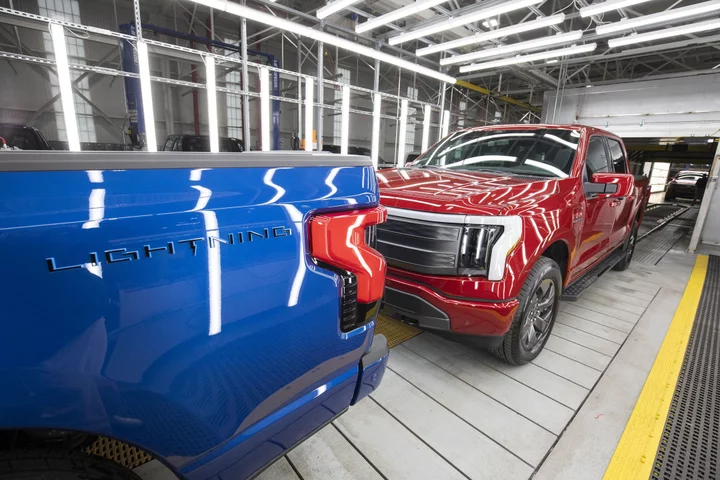
Ford Gets More Government Support for EVs Wall Street Has Doubted
On the surface, Ford Motor Co. would seem an unlikely party to be on the receiving end of
2023-06-23 22:57

Emerging World Needs $1.5 Trillion for Green Buildings, IFC Says
The International Finance Corporation is looking to develop a guarantee facility for private investors to boost finance for
2023-10-25 21:59

NBA 2K24 Sept. 14 Update 1.2 Patch Notes: Full List of Changes
The NBA 2K24 Sept. 14 patch notes for update 1.2 delivered numerous changes to MyCAREER mode, including quest and progression updates.
2023-09-14 23:47
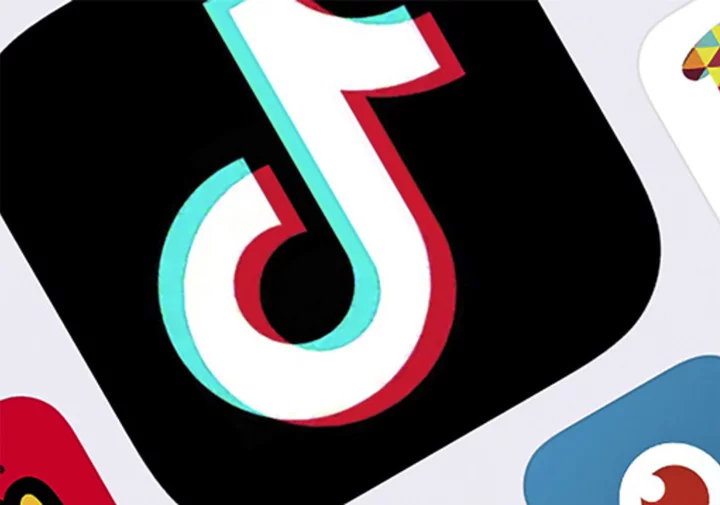
Executive fired from TikTok's Chinese owner says Beijing had access to app data in termination suit
A former executive at TikTok’s parent company ByteDance accuses the tech giant of serving as a “propaganda tool” for the Chinese government
2023-05-13 07:46
You Might Like...

Thales Announces Support for External Key Management in Oracle Cloud Infrastructure
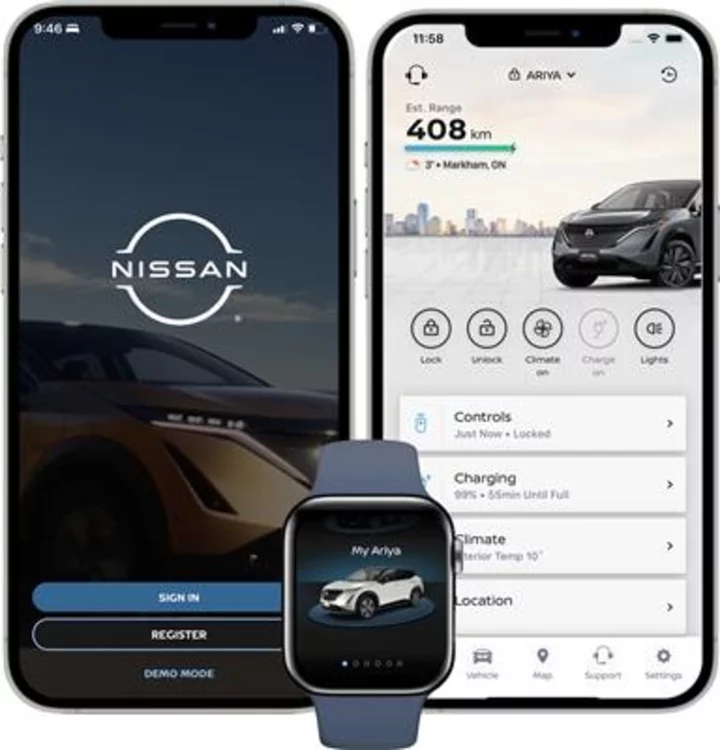
Nissan Canada Launches MyNISSAN App a Seamless & Consolidated Customer Journey

Ryder Secures Spot Among Supply & Demand Chain Executive’s ‘Top Supply Chain Projects’
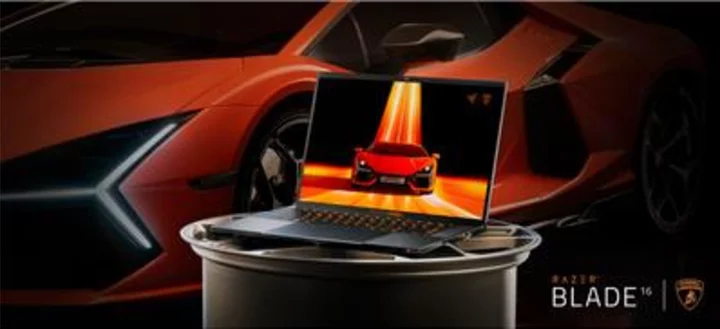
Presenting the Razer Blade 16 x Automobili Lamborghini Edition – Supercar Excellence Meets Gaming Dominance

Labour Eyes Further Cuts to £28 Billion Green Pledge: Telegraph

EU, US to ready voluntary AI code of conduct
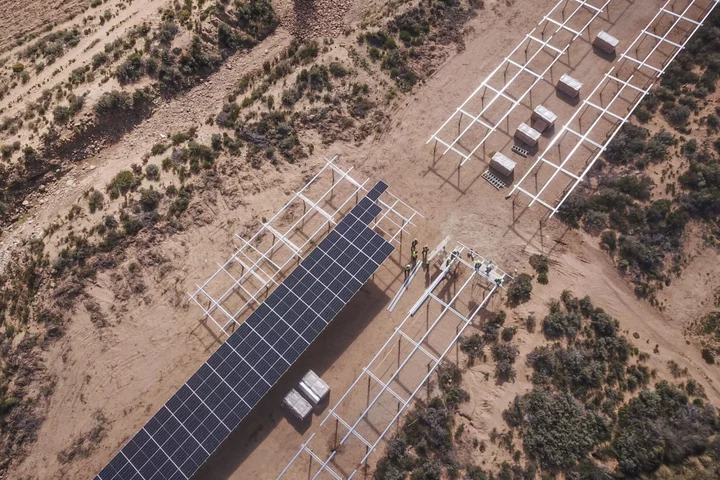
Africa Needs $700 Billion of Finance for Green Energy and Metals
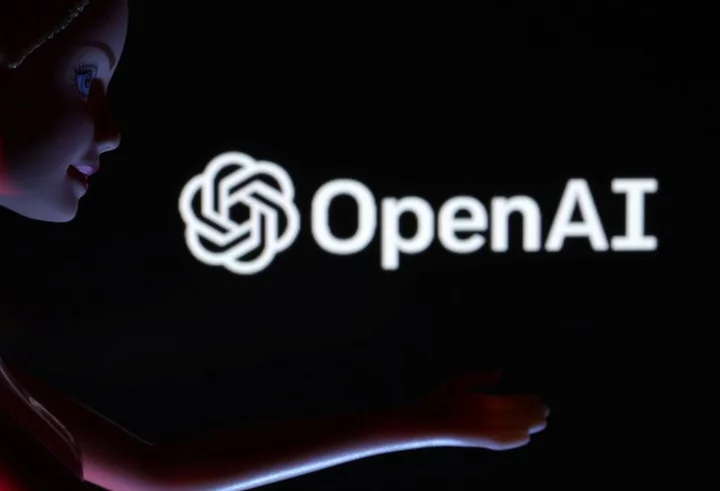
OpenAI offers $100,000 grants for ideas on AI governance
